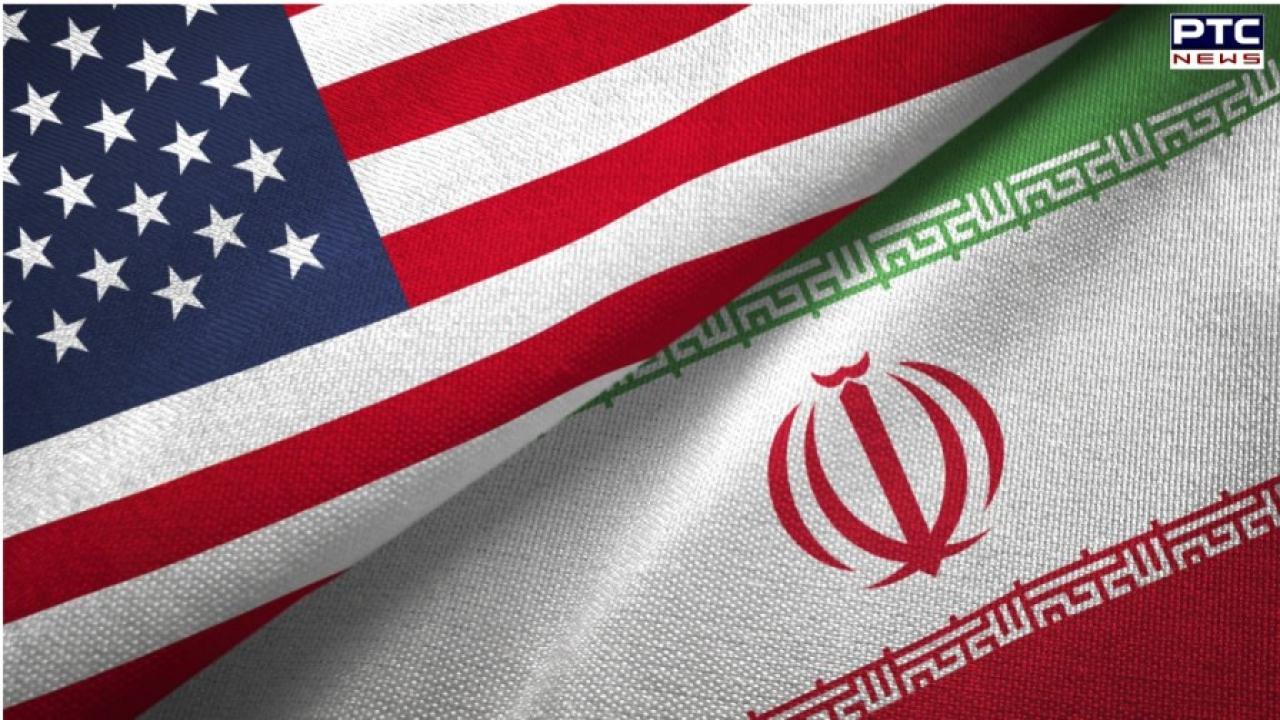

US-Iran relations timeline: Key events from 1953 coup to 2025 nuclear strikes | Explained
PTC Web Desk: The complex and often hostile relationship between the United States and Iran has shaped Middle East geopolitics for over seven decades. From the CIA-backed coup in 1953 to the 2025 US strikes on Iranian nuclear facilities, this timeline outlines the major turning points in their tumultuous history—marked by revolutions, wars, sanctions, secret diplomacy, and nuclear tensions.
1953 – US-backed coup restores Shah’s rule
Tensions between the United States and Iran began in earnest after Iran’s democratically elected Prime Minister Mohammad Mosaddegh sought to nationalise the Anglo-Iranian Oil Company (now BP), which had long been dominated by British interests. In response, the CIA collaborated with British intelligence to orchestrate a coup that ousted Mosaddegh and reinstated Shah Mohammad Reza Pahlavi, marking the beginning of decades of close US-Iran ties under authoritarian rule.
1957 – Nuclear cooperation under atoms for peace
As part of President Dwight D. Eisenhower’s “Atoms for Peace” initiative, the United States and Iran signed a nuclear agreement for peaceful energy development. This led to the US supplying Iran with a nuclear reactor and enriched uranium, laying the foundation for Iran’s long-term nuclear ambitions—now a central point of international concern.
1979 – Islamic revolution topples the Shah
After years of growing discontent under the shah's authoritarian regime and Western influence, a mass uprising culminated in the 1979 Islamic Revolution. The shah fled into exile, and Ayatollah Ruhollah Khomeini returned to lead the newly established Islamic Republic, severing Iran's strategic alliance with the US.
1980 – Diplomatic ties severed amid hostage crisis
When the US allowed the exiled shah entry for cancer treatment, Iranian students stormed the US embassy in Tehran, taking 52 Americans hostage for 444 days. In response, Washington cut diplomatic ties and imposed sanctions. The crisis further deepened animosity between the two nations.
1980–1988 – US sides with Iraq in Iran-Iraq war
During the brutal eight-year war between Iran and Iraq, the United States supported Saddam Hussein’s regime, largely to counter Khomeini’s revolutionary ideology. The conflict claimed hundreds of thousands of lives, and Iraq used chemical weapons against Iran, intensifying hostilities.
1984 – Iran labeled a ‘State Sponsor of Terror’
Following deadly attacks in Lebanon—including a bombing that killed 241 US Marines—Washington designated Iran as a state sponsor of terrorism, citing its backing of Hezbollah. Ironically, behind the scenes, the Reagan administration also engaged in secret negotiations with Iran to free American hostages, leading to the infamous Iran-Contra scandal.
1988 – Civilian airliner downed by US Navy
Amid heightened tensions in the Persian Gulf, a US warship mistakenly shot down Iran Air Flight 655 en route to Dubai, killing all 290 passengers. Though Washington expressed regret, it never formally apologised but later paid $61.8 million in compensation to victims’ families.
1995–1996 – Clinton expands sanctions
In the mid-1990s, President Bill Clinton imposed a fresh wave of economic sanctions, banning American businesses from engaging with Iran. US lawmakers also targeted foreign firms investing in Iran’s energy sector or providing advanced weaponry, citing nuclear proliferation and links to militant groups.
2002 – ‘Axis of Evil’ and nuclear fears
After the 9/11 attacks, President George W. Bush described Iran part of the “Axis of Evil,” accusing it of pursuing weapons of mass destruction and supporting terrorism. This came despite prior covert cooperation between the two nations against al-Qaeda and the Taliban. By late 2002, global monitors detected traces of highly enriched uranium in Iran, triggering renewed diplomatic and economic pressure.
2013–2015 – Iran Nuclear Deal (JCPOA)
Under President Barack Obama, the US engaged in landmark negotiations with Iran, culminating in the 2015 Joint Comprehensive Plan of Action (JCPOA). The deal limited Iran’s nuclear programme in exchange for sanctions relief, with key involvement from the EU, China, Russia, and other world powers. Iran agreed to cap uranium enrichment at 3.67 percent under strict monitoring.
2018 – Trump withdraws from nuclear agreement
In 2018, President Donald Trump unilaterally exited the JCPOA, reinstating heavy sanctions on Iran. The move, supported by Israel, was sharply criticised by other signatories. In response, Tehran gradually rolled back its commitments and resumed higher-level uranium enrichment.
2020 – US kills Iranian General Qassem Soleimani
During heightened tensions, a US drone strike in Baghdad killed General Qassem Soleimani, commander of the Quds Force within Iran’s Revolutionary Guard. The assassination was seen as a major escalation, prompting Iranian missile attacks on US bases in Iraq. The Quds Force had earlier been designated a terrorist entity by Washington.
2025 – Trump sends letter proposing nuclear talks
In March 2025, former President Trump reached out to Iran’s Supreme Leader Ayatollah Ali Khamenei, proposing a fresh round of nuclear negotiations with a 60-day window. Khamenei rejected the overture, accusing the US of dictating terms rather than negotiating in good faith. Nonetheless, indirect talks began in Oman and Italy, with Muscat mediating. Trump claimed progress was being made and urged Israel to avoid military action. Iran expressed cautious optimism but demanded recognition of its right to enrich uranium—a key sticking point.
2025 – US launches strikes on Iran's nuclear sites
Shortly after the sixth round of backchannel diplomacy, the United States bombed three major nuclear facilities in Iran, citing national security threats and the defense of Israel. The attack marked another sharp escalation in already fragile US-Iran relations.
- With inputs from agencies
